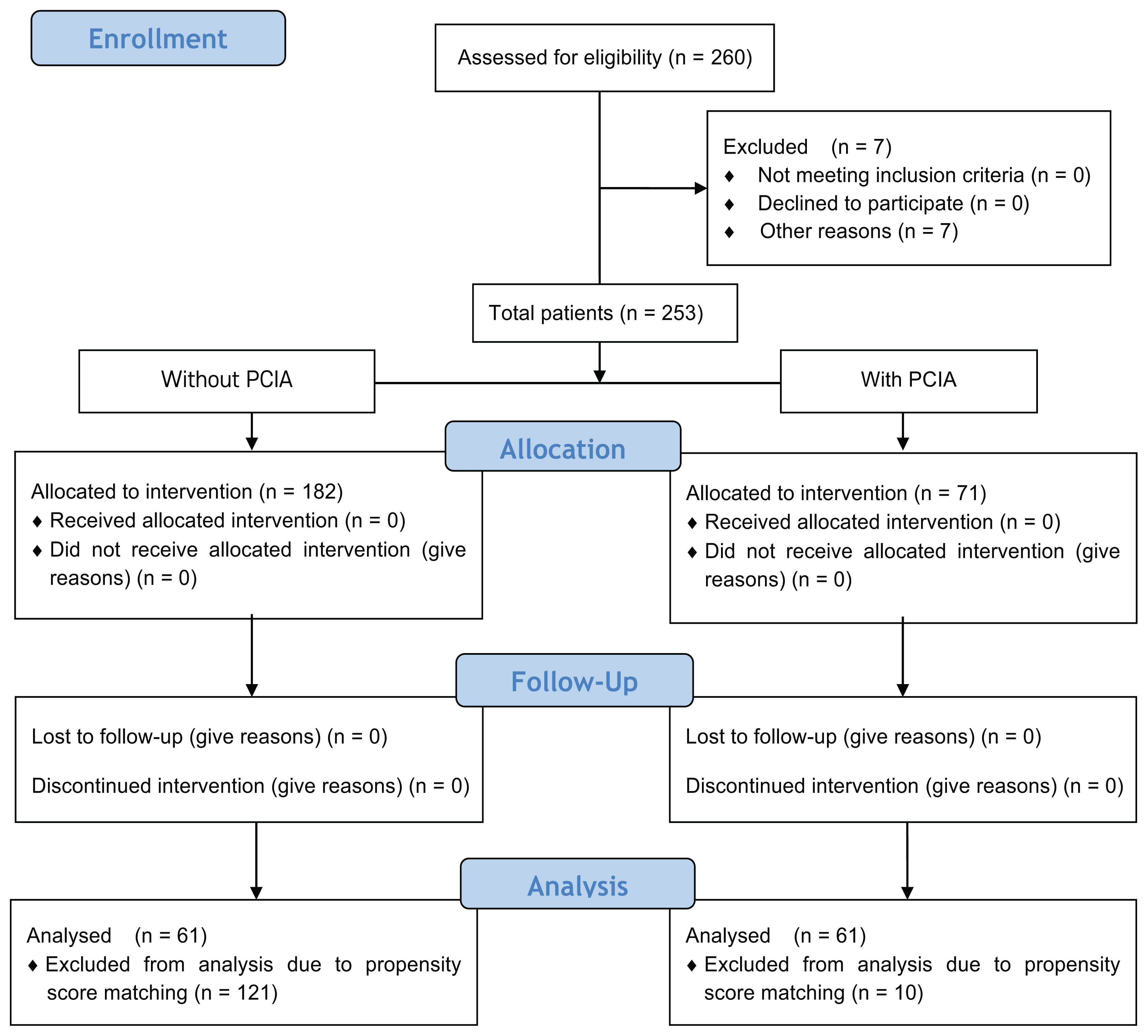1. Vizzini G, Asaro M, Miraglia R, Gruttadauria S, Fili D, D’Antoni A, et al. Changing picture of central nervous system complications in liver transplant recipients. Liver Transpl. 2011; 17:1279–85.

2. Belcher JM, Garcia-Tsao G, Sanyal AJ, Bhogal H, Lim JK, Ansari N, et al. Association of AKI with mortality and complications in hospitalized patients with cirrhosis. Hepatology. 2013; 57:753–62.

3. Lescot T, Karvellas CJ, Chaudhury P, Tchervenkov J, Paraskevas S, Barkun J, et al. Postoperative delirium in the intensive care unit predicts worse outcomes in liver transplant recipients. Can J Gastroenterol. 2013; 27:207–12.

4. Rompianesi G, Montalti R, Cautero N, De Ruvo N, Stafford A, Bronzoni C, et al. Neurological complications after liver transplantation as a consequence of immunosuppression: univariate and multivariate analysis of risk factors. Transpl Int. 2015; 28:864–9.

5. Mueller AR, Platz KP, Krause P, Kahl A, Rayes N, Glanemann M, et al. Perioperative factors influencing patient outcome after liver transplantation. Transpl Int. 2000; 13:Suppl 1. S158–61.

6. Lewis MB, Howdle PD. Neurologic complications of liver transplantation in adults. Neurology. 2003; 61:1174–8.

7. Haugen CE, Mountford A, Warsame F, Berkowitz R, Bae S, Thomas AG, et al. Incidence, Risk Factors, and Sequelae of Post-kidney Transplant Delirium. J Am Soc Nephrol. 2018; 29:1752–9.

8. Chiu NM, Chen CL, Cheng AT. Psychiatric consultation for post-liver-transplantation patients. Psychiatry Clin Neurosci. 2009; 63:471–7.

9. Pisani MA, Murphy TE, Araujo KL, Slattum P, Van Ness PH, Inouye SK. Benzodiazepine and opioid use and the duration of intensive care unit delirium in an older population. Crit Care Med. 2009; 37:177–83.

10. Choi JG. Delirium in the intensive care unit. Korean J Anesthesiol. 2013; 65:195–202.

11. Tilouche N, Hassen MF, Ali HBS, Jaoued O, Gharbi R, El Atrous SS. Delirium in the Intensive Care Unit: Incidence, Risk Factors, and Impact on Outcome. Indian J Crit Care Med. 2018; 22:144–9.

12. Mody K, Kaur S, Mauer EA, Gerber LM, Greenwald BM, Silver G, et al. Benzodiazepines and Development of Delirium in Critically Ill Children: Estimating the Causal Effect. Crit Care Med. 2018; 46:1486–91.
13. Clegg A, Siddiqi N, Heaven A, Young J, Holt R. Interventions for preventing delirium in older people in institutional long-term care. Cochrane Database Syst Rev. 2014; CD 009537.

14. Balderramo D, Prieto J, Cardenas A, Navasa M. Hepatic encephalopathy and post-transplant hyponatremia predict early calcineurin inhibitor-induced neurotoxicity after liver transplantation. Transpl Int. 2011; 24:812–9.

15. Yoon JS, Kim YR, Choi JW, Ko JS, Gwak MS, Kim GS. Risk factors of postoperative delirium following liver transplantation. Korean J Anesthesiol. 2009; 57:584–9.

16. Jackson JC, Ely EW. Cognitive impairment after critical illness: etiologies, risk factors, and future directions. Semin Respir Crit Care Med. 2013; 34:216–22.

17. Pandharipande PP, Girard TD, Jackson JC, Morandi A, Thompson JL, Pun BT, et al. Long-term cognitive impairment after critical illness. N Engl J Med. 2013; 369:1306–16.

18. Vaurio LE, Sands LP, Wang Y, Mullen EA, Leung JM. Postoperative delirium: the importance of pain and pain management. Anesth Analg. 2006; 102:1267–73.

19. Leung JM, Sands LP, Paul S, Joseph T, Kinjo S, Tsai T. Does postoperative delirium limit the use of patient-controlled analgesia in older surgical patients? Anesthesiology. 2009; 111:625–31.

20. Wang Y, Sands LP, Vaurio L, Mullen EA, Leung JM. The effects of postoperative pain and its management on postoperative cognitive dysfunction. Am J Geriatr Psychiatry. 2007; 15:50–9.

21. Fong HK, Sands LP, Leung JM. The role of postoperative analgesia in delirium and cognitive decline in elderly patients: a systematic review. Anesth Analg. 2006; 102:1255–66.

22. Pinero F, Cheang Y, Mendizabal M, Cagliani J, Gonzalez Campana A, Pages J, et al. Incidence, risk factors, and outcomes related with neurological events after liver transplantation in adult and pediatric recipients. Pediatr Transplant. 2018; 22:e13159.
23. Boettger S, Nunez DG, Meyer R, Richter A, Fernandez SF, Rudiger A, et al. Delirium in the intensive care setting: A reevaluation of the validity of the CAM-ICU and ICDSC versus the DSM-IV-TR in determining a diagnosis of delirium as part of the daily clinical routine. Palliat Support Care. 2017; 15:675–83.

24. Lee H, Oh SY, Yu JH, Kim J, Yoon S, Ryu HG. Risk Factors of Postoperative Delirium in the Intensive Care Unit After Liver Transplantation. World J Surg. 2018; 42:2992–9.





 PDF
PDF Citation
Citation Print
Print



 XML Download
XML Download